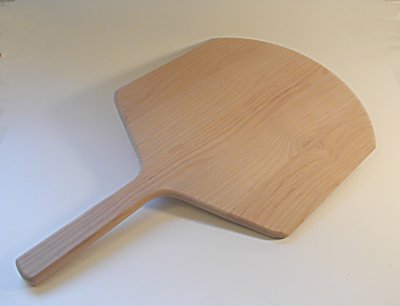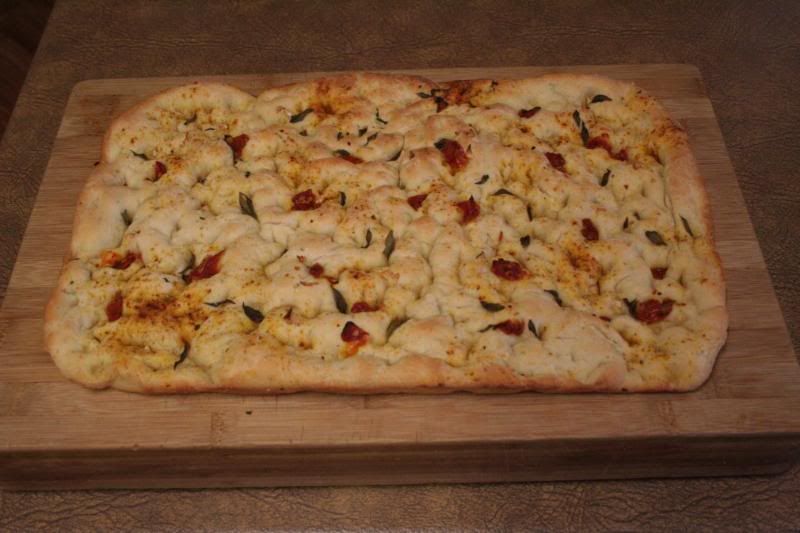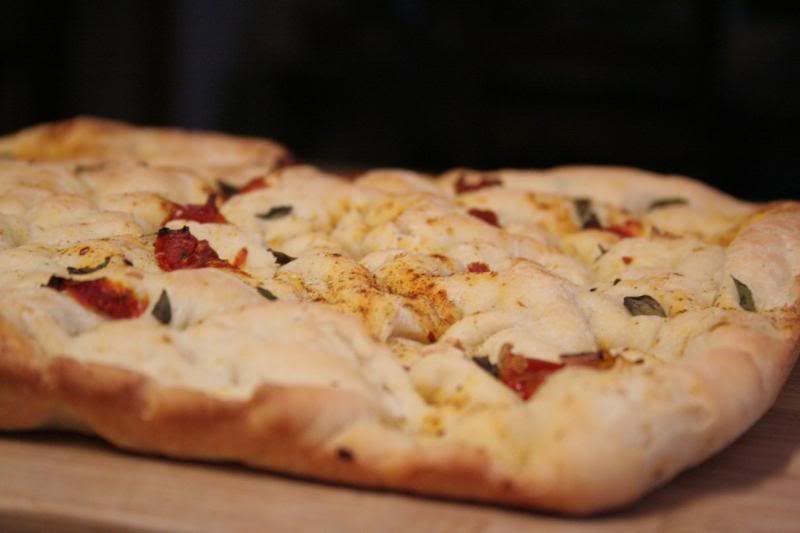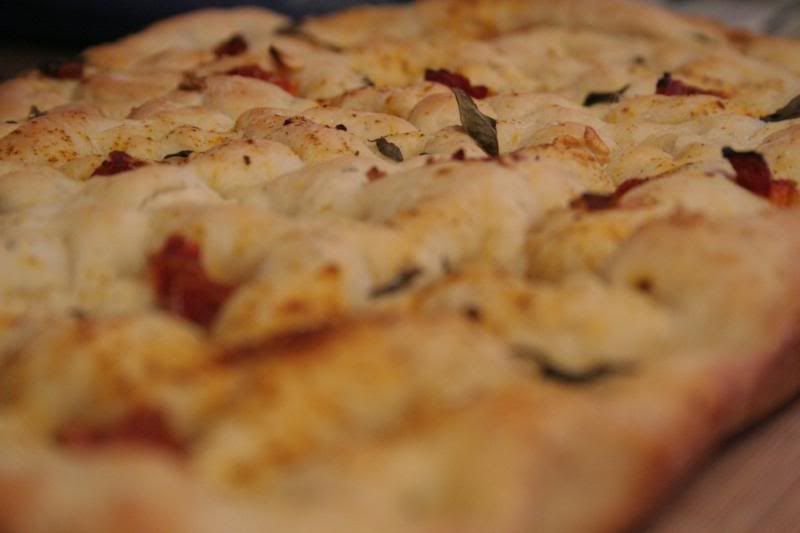Airgead
Ohhh... I can write anything I like here
- Joined
- 6/4/05
- Messages
- 3,651
- Reaction score
- 1,055
Would love to make ciabatta. What's your recipe mate?
Got myself a bench mixer after deciding part of the reason i struggle with my sourdough loaves is the lack of kneading. After 2-3 mins i am bored and stop but can now leave it in the machine for 15 mins and then a 2 min hand knead.
Also need to get myself some proper tins to allow me to prove the bread in the same container rather than having to take it out and knocking most of the air out of it. My sourdough is just too dense for my liking.
I'll dig the recipe up for you at home tonight. Its the one out of Dough (Richard Bertinet). You basically make up a dough that you let ferment overnight (though I find 24 hours works better) then mix that into a second dough which you then rise and shape into the loaves. The 24 hour fermented dough gives you a massive rise and the open structure that chibata is famous for (provided you don't treat it too roughly and knock all the air out when forming the loaves). Takes 2 days to make but well worth it.
I'll give you quantities etc when I look it up tonight.
If your loaves are collapsing when you handle them after proving it means they have risen too much for the gluten structure to support. Two reasons for that - not enough kneading or you just let them rise too much. Its really easy to over rise bread. If you keep them in the same container to stop collapse and they are over risen, you won't get any lift in the oven. Better than collapsing but still not what you want.
Cheers
Dave


















